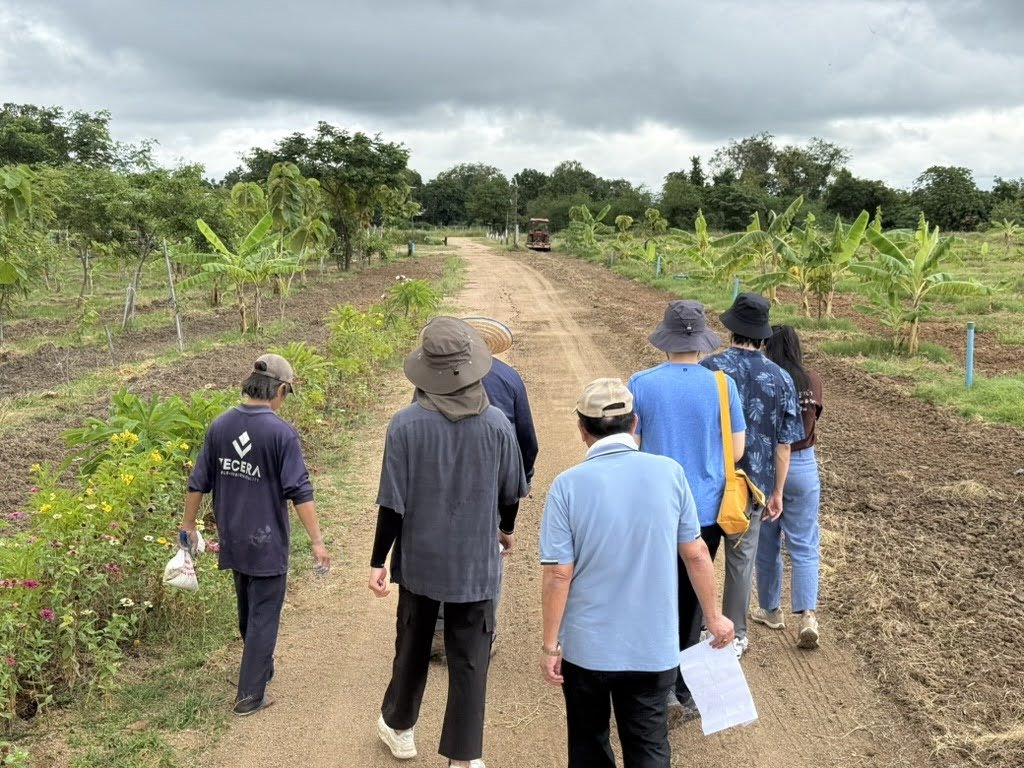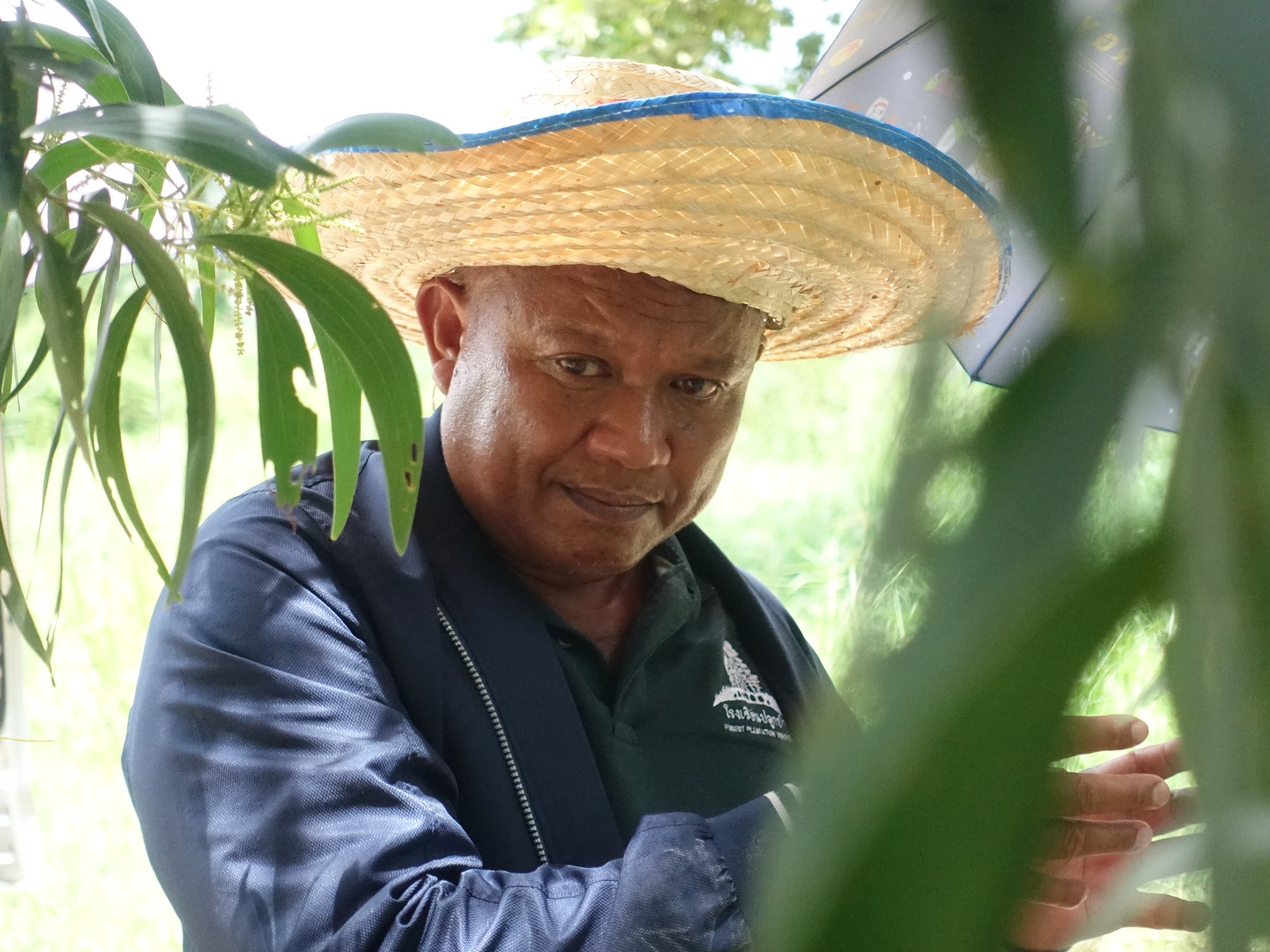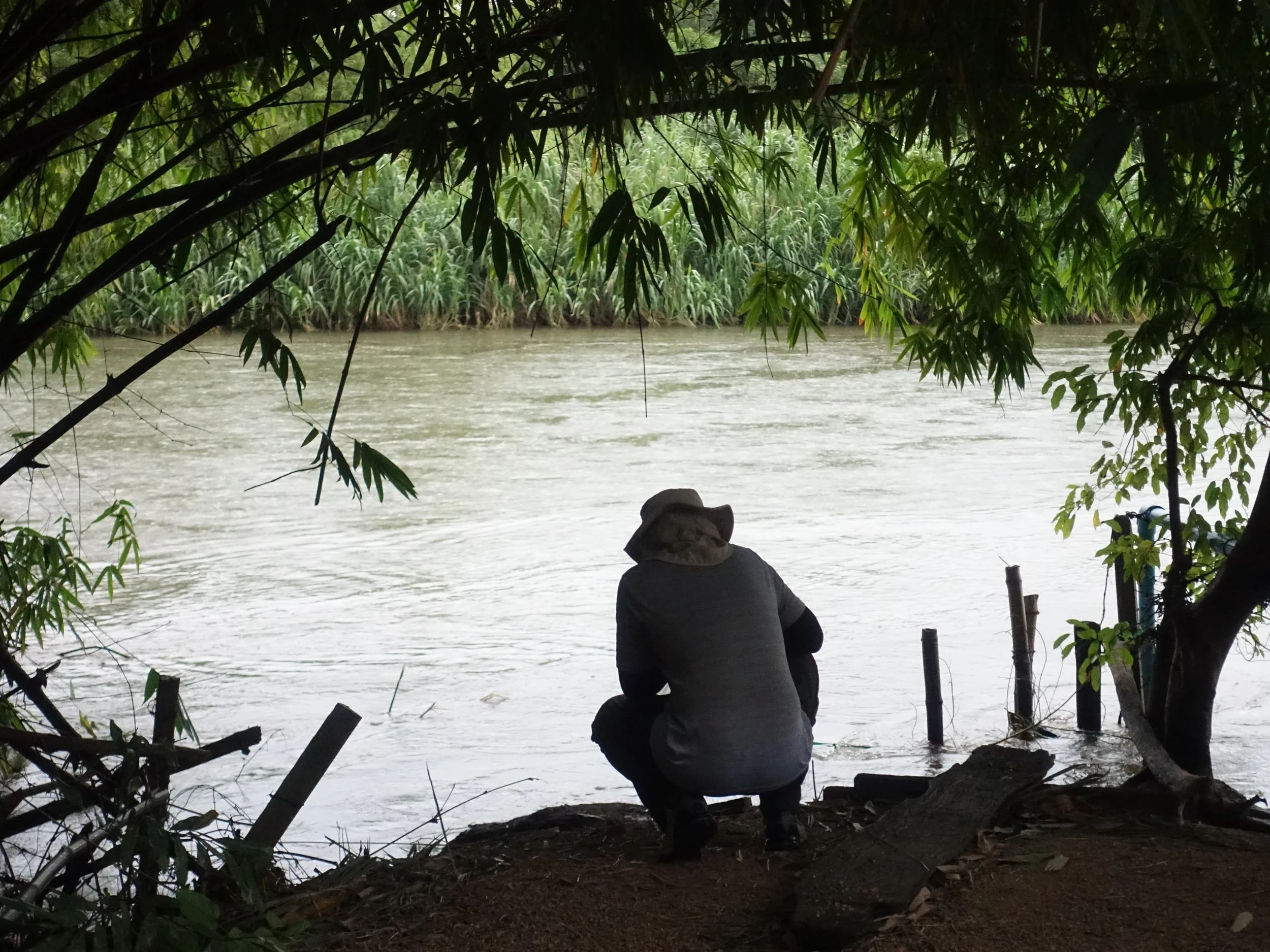Different Tree, Different Growth: A Note from Fieldwork
There are many aspects of business development. There is finance. There is human resource. There is system development. There is AI implementation, customer relationship management, marketing, content creation, and other hundred things. At San Fun Group, our business sometimes extends to something slightly unusual; such as tree planting and land development.
As part of these affairs, we kindly received supervision from Ajarn Nopporn Nontapa–a specialist in reforestation and pharmaceutical botany, and a founder of the Forest Plantation School, whose story and unique expertise in plant behavior have been published by major media –for projects related to green development. August 2025, together with Ajarn Nopporn, San Fun Group made the first official assessment of its properties in Tak province. Our party consisted of two team members and two interns. They knew loads about business. Nobody knew about trees. Half of them didn't even like greens on their plates.
Ajarn Nopporn Nontapa
At the hotel restaurant, the fieldwork started right then and there when Ajarn Nopporn pointed out the mishandling of the trees in the hotel area. "Come see this, the pruning was done incorrectly." He led us to a small tree next to the entrance. Apart from a tiny leafless branch that had been left protruding from the trunk, the tree looked healthy to me. "You have to make the cut right next to the branch collar." Ajarn had us hold our hands up. "The collar is like the area between your thumb and index finger. You cut it right there so the wound can heal properly. Leave a branch sticking out like this, and the tree is prone to infections." Other mistreatments he mentioned were nailing the plant labels into the trunks, and pruning during the rainy months. "Going for convenience is in the DNA of Thai people", Ajarn Nopporn added cheekily.
The rest of the day we accompanied Ajarn Nopporn to the properties of San Fun Group. The Five Palms Forest Park, named after the five palm trees at the entrance of the premise, was the first destination. This 32-acre land has been allocated for commercial forest, small cattle husbandry, and future San Fun projects. Today's mission was to evaluate the condition of over 3,000 teaks and padauks planted years ago. Ajarn Nopporn glanced at the trees, now standing over 2 meters tall. "Let's cut them down", he said. I was shocked. Everybody was shocked.
To our eyes, the trees were growing strong. Ajarn, on the other hand, detected the mistreatments again. "Deciduous trees like teaks evolve to withstand drought. Too much water makes them weak. Also, the saplings must have been of poor quality. They will produce poor wood. Cut them now and let them grow stronger shoots", said Ajarn Nopporn. As we continued assessing other types of trees, it became clear to me that different types of plants requires different environments and care. Some species need abundant water, while some can survive even forest fire. In their natural environment, trees can thrive the best. Aren't we the same?
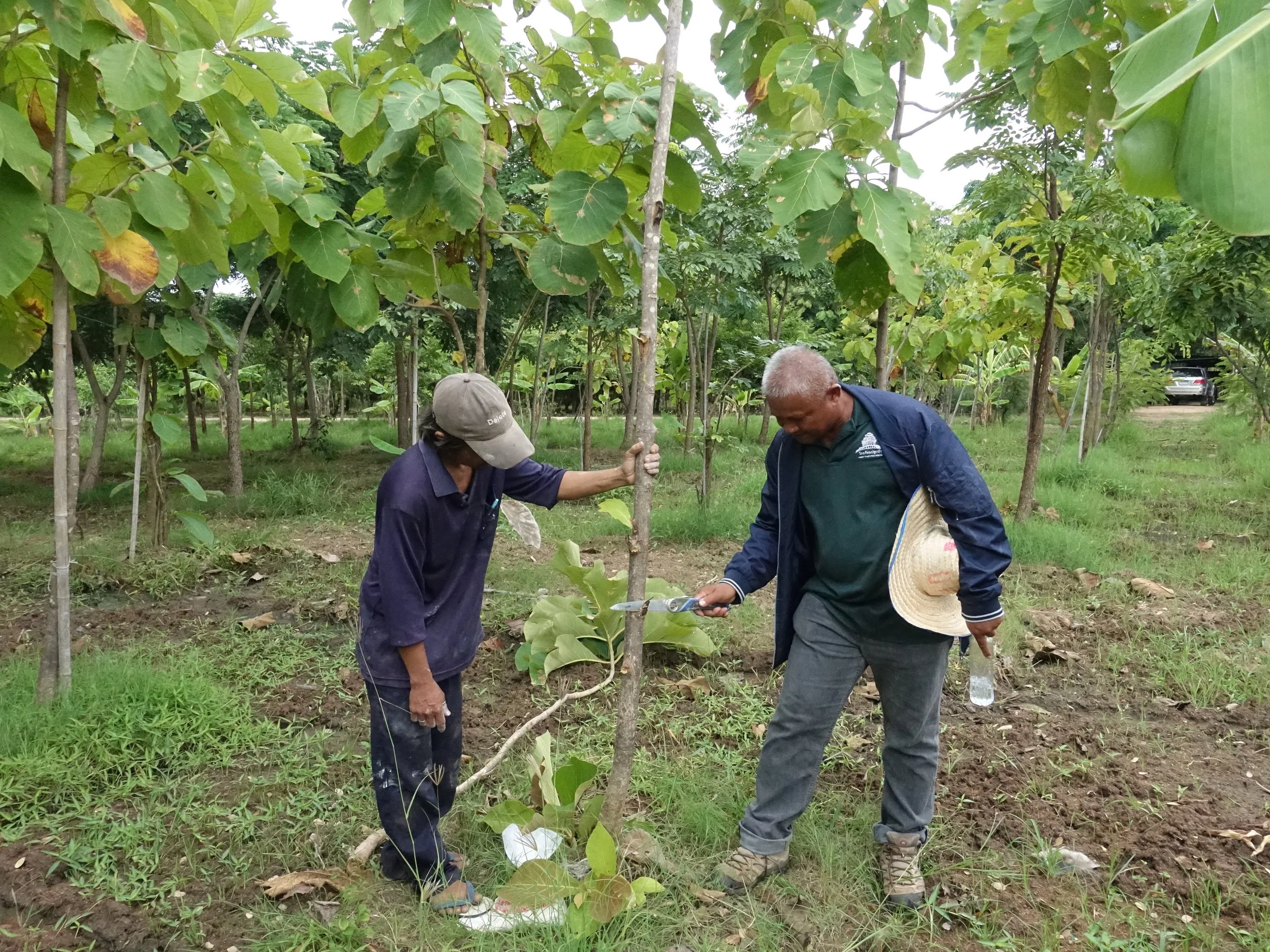
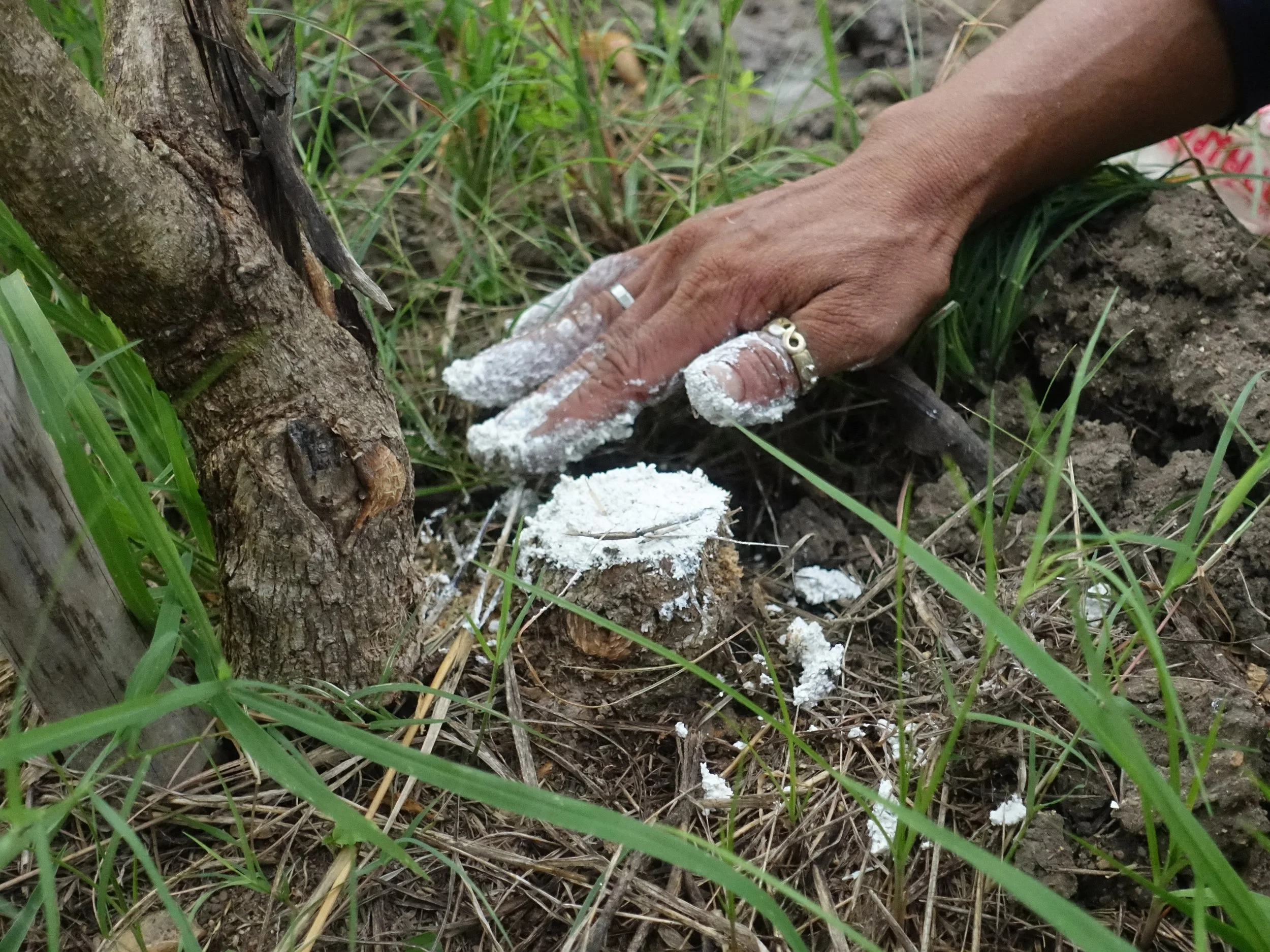
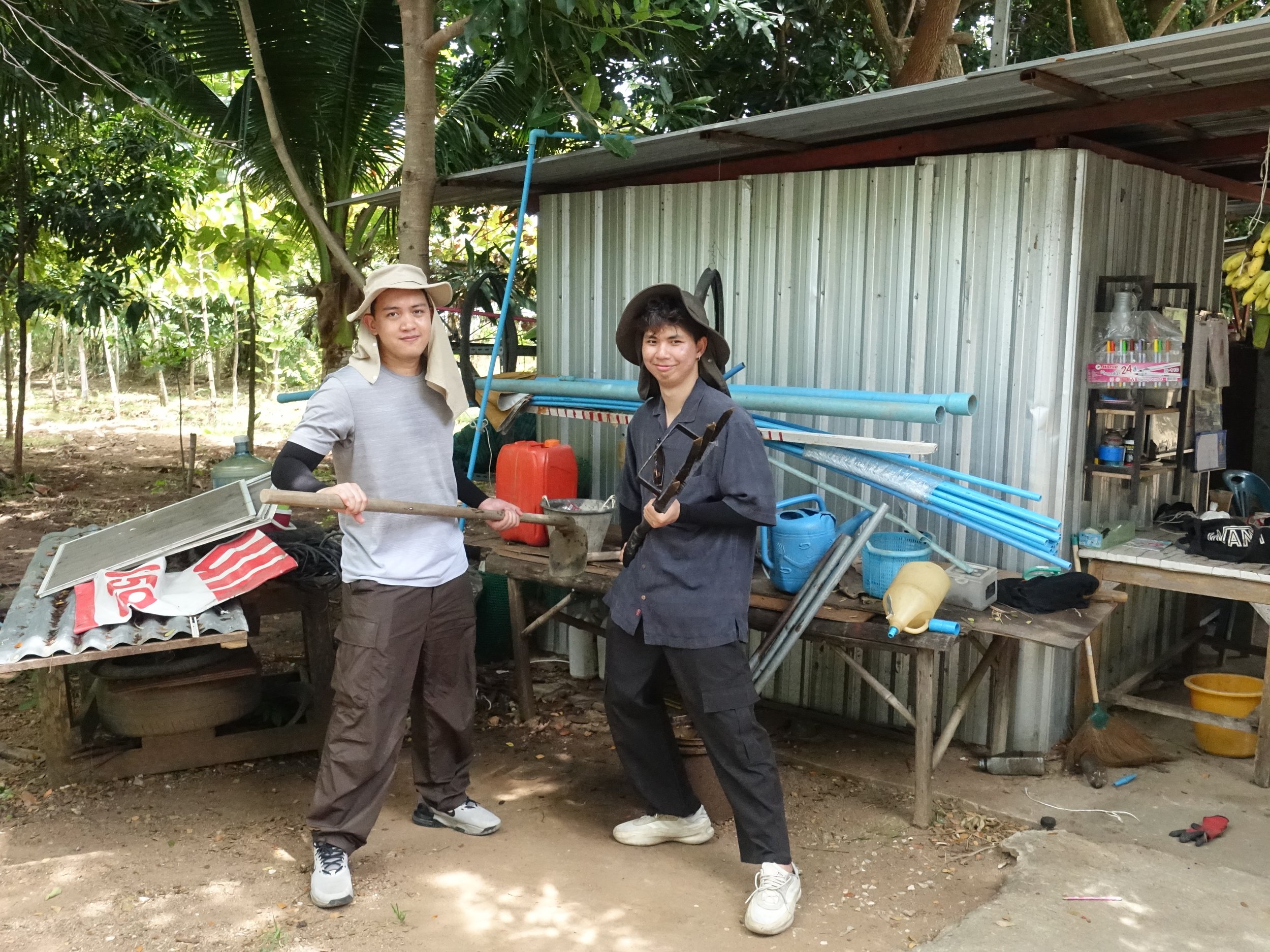

It was drizzling when we traveled to nbt PlaySpace, an open lawn and little fruit farm situated right next to the Ping river. It had been used for outdoors activities such as horse-riding and holiday events. This time, our team leader wanted to explore the possibility of developing this riverside land into a firefly-watching spot. For fireflies to thrive, Ajarn suggested planting mangrove apples and other trees from floodplain forests. Additionally, trees from the family Dipterocarpaceae should be planted in the nearby farm. "Mycorrhizal fungi will help draw nutrients and improve overall quality of the trees and soil." Mycorrhiza is a beneficial relationship between plants and fungi residing in the root system. The plants in the family Dipterocarpaceae are known to be the host from which edible mushrooms sprout, just like expensive truffles in a colder climate do.
There is definitely a lot more than meets the eye in the world outside. Everything grows, emerges, fruits, and expands in its own way. When I asked James, one of the team leaders, how he imagined the growth of San Fun Group, he said after a long pause: "like Mycorrhiza. Though mostly hidden, we make other business stronger."
